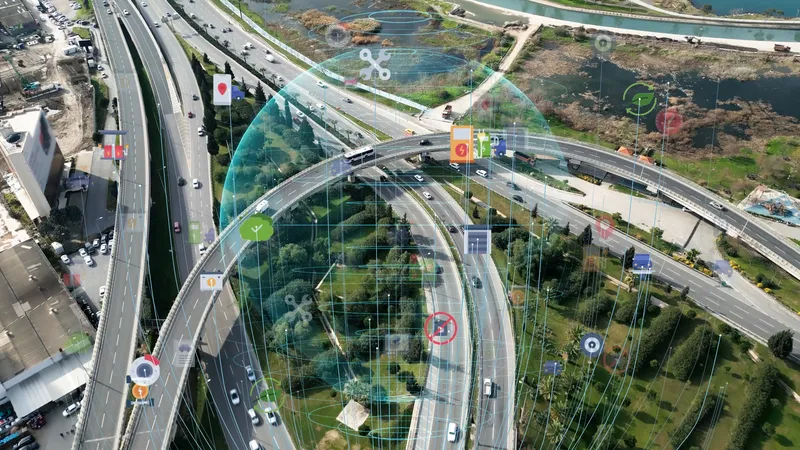
Main Roads Western Australia and Kapsch TrafficCom have conducted a trial of connected vehicle technology on roads in Perth, Western Australia state.
Kapsch said the trial successfully demonstrated that both cooperative ITS (C-ITS) and the road infrastructure of Western Australia are ready for wide-spread deployment of such technology.
Mehdi Langroudi, executive director for network operations with Main Roads Western Australia, said the C-ITS Roadmap and C-ITS trials will help make the state’s roads safer as well as boost mobility and improve sustainability for generations to come.
“Together with the industry, we look forward to supporting the implementation of a nationally harmonised C-ITS ecosystem across the Western Australian road network to enhance safety, movement, regional resilience, and enable future vehicle technology,” he said.
“Connected vehicle technology allows vehicles, infrastructure and traffic operators to share critical information quickly and directly,” noted Daniel Vazquez, executive vice president for the Asia-Pacific region at Kapsch.
“That way, we can send alerts, for example about upcoming school zones or road works areas, directly into cars, improving safety for all traffic participants. In other tests, this technology has shown potential to reduce fatalities and serious accidents by up to 20%.”
The technology can be used to deliver critical information to drivers directly into their vehicles or onto their smartphones, allowing a more direct and immediate way of providing safety-relevant alerts to drivers, for example about changing weather conditions, vulnerable road user warnings or obstacles on the road.
Globally, countries including Germany, Ireland and the US are investing heavily in the technology, with Germany currently rolling out roadworks warnings across 13,000km of highways.









